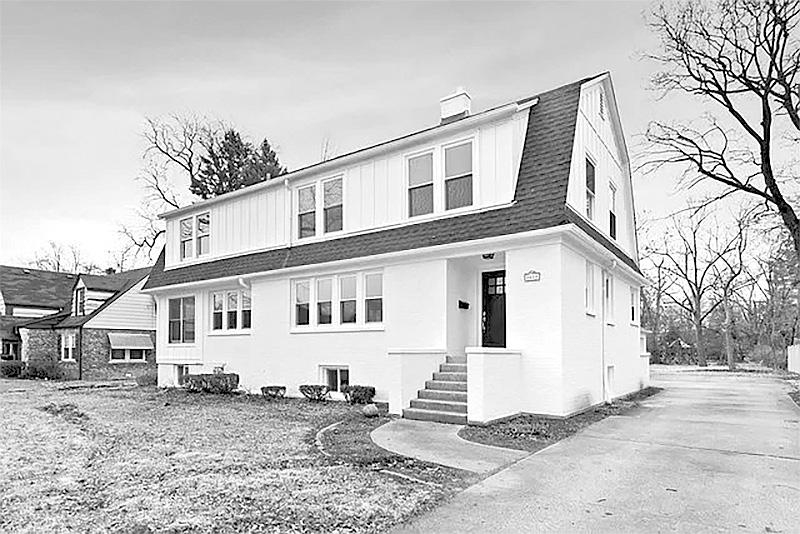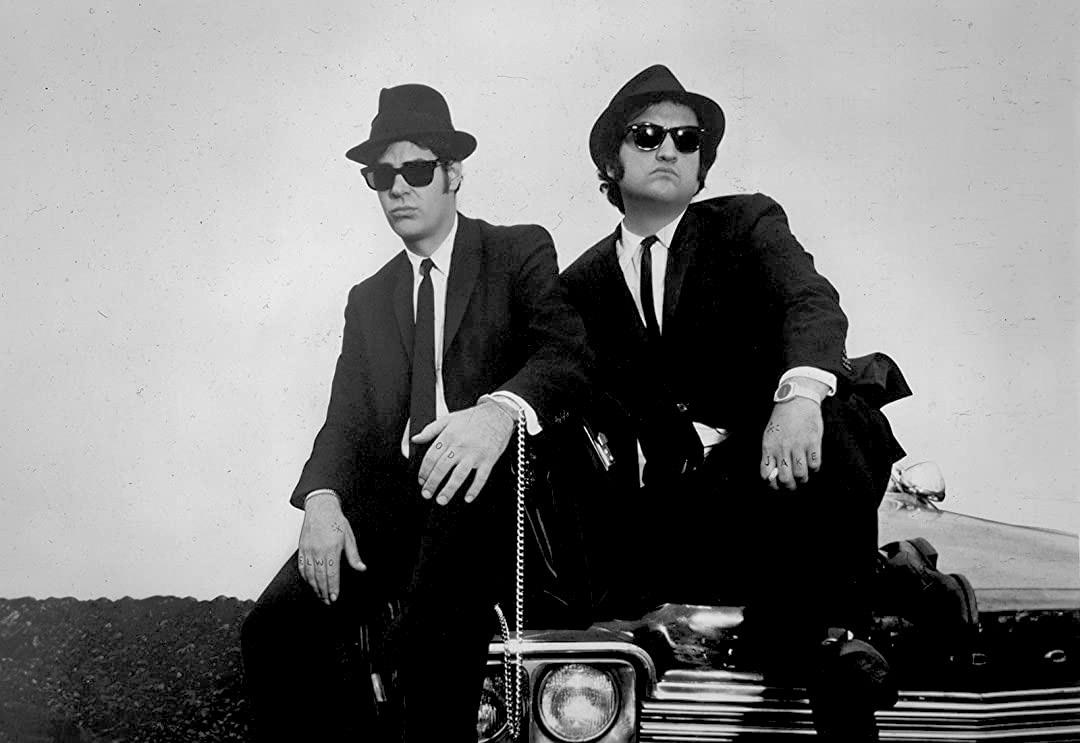16
Sports
The Landmark, July 29, 2020
A
Do safety protocols not pertain to travel teams?
bout a week ago, I was browsing through Facebook and saw a former neighbor of mine post a video of his son mashing a double into the right-centerfield gap. At first, I was proud. I have been following his development as a baseball player since he was half the size he is now (I can report he is no longer the same pull hitter he was two years ago). But then I watched the video again. Along the fence behind the batter’s box was my neighbor’s travel team standing shoulder to shoulder. No masks were worn. The home plate umpire was positioned behind the catcher prior to the pitch being thrown despite other leagues taking the precaution to move such umpire behind the pitcher to abide by social distancing protocols. I wish this was the first instance I have seen travel teams take Illinois’ restoration plan as a mere suggestion rather than a strict guideline to stunt the spread of COVID-19. Yes, Illinois has had relative success in
seeking to control COVID-19 cases and deaths, but this has not been the case for Illinois athletic programs. After seeing coronavirus’ impact on high schools like Lake Zurich, which had 36 students-athletes test positive for COVID-19 after opening practice up, the IHSA quickly backed out of its Phase 4 Return to Play guidelines that were too lenient to begin with. Based on conversations I have had with Midwest high school coaches, I have been told travel teams from Iowa, Indiana, Illinois and Wisconsin are going in and out of each others’ states to participate in tournaments. Before the IHSA deferred to the Illinois Department of Public Health to determine what high school programs can do during the pandemic, teams were allowed to hold practice in and outdoors. There are players who participated in these out of state tournaments who came back and practiced with their high school teams. This is not exclusive to baseball. If you hop on high school basketball Twitter, you will find videos of prospects
JAMES KAY
Sports Editor
O
@RBLandmark
n March 6, the Riverside-Brookfield High School boys’ basketball team defeated Glenbard South 67-53 to win its 3A regional championship. But little did I know that the Bulldogs’ victory would be the last sporting event I would cover for the IHSA 2019-2020 season as COVID-19 would wipe out high school sports the following week. Obviously, the last few months have been difficult for all of us as we have had to adapt to a new lifestyle, one that prioritizes social distancing, washing hands, and wearing masks for health and safety reasons. When COVID-19 became widespread, the country along with the world virtually shut down as spread mitigation became vital. Here in Illinois, we have overall handled the virus decently, compared to hotspot states like California, Florida, and Texas where hospitalization rates and deaths have soared to record levels. But now, our numbers are gradually creeping up again,
working out indoors without a mask. The gyms in those videos are populated with coaches and other players who are not interested in following protocols that benefit those who are more vulnerable to coronavirus. At a certain level, I get why some of these kids are anxious to get back out on the floor. AAU and other travel sports organizations provide a platform for athletes to turn one high end scholarship into several. For lower level prospects, summer tournaments and showcases can be the difference between avoiding accumulating massive debt from student loans and using their talents to get free access to higher education. Families who put deposits down on their children’s travel teams before the pandemic also don’t want to feel like they burned money in a time where financial security is not a given. With that said, there needs to be a reality check here. There is still plenty we don’t know about coronavirus, including its long-term effects on our society. Younger people and
Travel
teams’ blasé approach to this is disheartening at best, life threatening at worst.
Make a decision, IHSA
and this has had a profound impact on the IHSA as it decides whether to start up its fall sports season on time. I miss high school sports and would love to cover them this fall (especially football, which is my first love). In my opinion, each of the schools in our coverage area have the potential to have good teams this year, and I don’t want to miss out on it. But in order for us to have friday night lights and other fall high school sports, we have to bring our COVID numbers back down like they were last month. That means washing our hands regularly, maintaining social distancing and, most importantly, wearing masks. That last part is critical; many feel that mask-wearing is political and restricts freedom. However, medical data does indicate that it significantly reduces the chances of the virus spreading. Moreover, while I may not have any symptoms, I
their invincibility complexes can carry COVID-19 and not suffer the ramifications of those in their practice environments that are at a greater risk. Hell, even if coaches, players and spectators are fine with contracting coronavirus that doesn’t mean they can’t indirectly pass it on to those who are following the CDC’s recommendations outside of practice facilities. Even as someone whose job security is dependent on there being prep sports in the near future, I can’t imagine a world where travel teams are continuing their pre-pandemic circuits around the Midwest without there being ramifications for high school sports. There are already talks about postponing the sports season until January (though there are many options the IHSA is contemplating) while travel sports haven’t skipped a beat since April. Whatever happens in the coming weeks (or, more realistically, months), travel teams’ blasé approach to this situation is disheartening at best and a life-threatening safety hazard at worst.
know wearing a mask prevents those who are vulnerable to the virus from contracting the illness. It’s all about keeping people healthy so that we can return to some semblance of normal life. Next week, the IHSA Board of Directors will meet to determine the fate of the fall sports season. Options include flipping fall sports to spring and vice versa. The problem with that is the IHSA runs the risk of having two spring sports seasons wiped out if things don’t improve over the next few weeks. Another possibility is starting the sports year in January which would mean condensing all three seasons into a truncated year. Winter sports like basketball would start first, then fall sports like football in March, and spring sports like baseball in May. This could create an issue for multisport student-athletes as they would have
MELVIN TATE
Contributor
to bounce quickly from one sport to the next. However, this could be the best solution in order to have sports this academic year. Finally, the IHSA is deferring to the Illinois Department of Public Health as to how to proceed with sports. My problem with this is that the IDPH has already set guidelines for club and travel teams which many high school student-athletes join during the summer - and they have been practicing and having competition. On the other hand, IHSA schools have been very limited in what they can do; primarily, they can’t have physical contact during workouts. To me, this isn’t fair - either let the IHSA schools follow the same guidelines as the travel teams or shut down the travel teams if the IHSA teams are restricted. In any event, the IHSA needs to make a decision soon one way or the other. It’s dragged its feet long enough while dangling the hopes of both the student-athletes and their coaches. Let’s make a determination and move forward.





